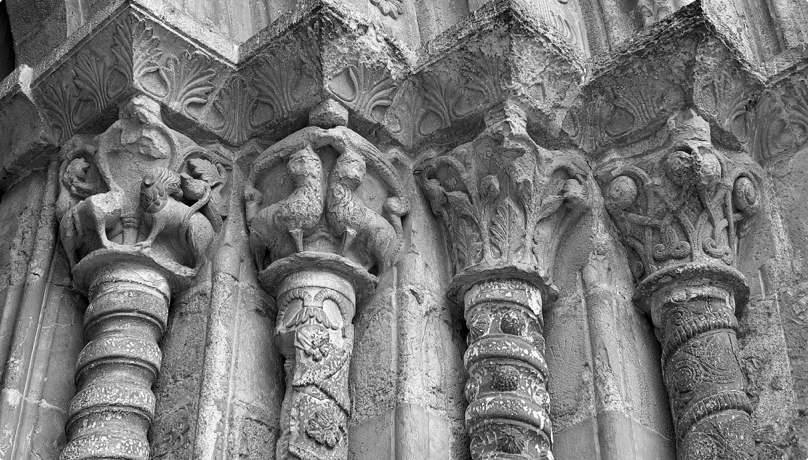…Within the Polycentric Region, assure that buildings and structures are conducive to high-quality human experience.

__Problem-statement: People have an instinctive need to be surrounded by the forms of nature, including biological nature. This need extends into the structures of cities, including their buildings.__
Discussion:
Research has shown the importance of natural characteristics within the built environment for promoting human health and well-being. Yet many urban areas are harsh and unnatural, and as research has shown, these environments can produce high levels of stress, with negative impacts on human health and well-being.¹
Many people recognize the value of greenery, especially in urban areas. Indeed, many cities have lush canopies of street trees and other vegetation. At the same time, many cities have buildings and building elements that also produce a biophilic effect to elicit positive emotional and physiological responses from users.²
Biophilia works by combining two mechanisms: an intimate contact (emotional, visual, physical, tactile) with living beings, and human response to geometries that are created by following biological rules. This does not however mean a superficial copying of natural forms, but is achieved through mimicking the very process by which living structure is generated. Biophilic design can be incorporated to improve the healing effects experienced in the built environment. Ten factors listed here contribute to enhance the human experience, and these can be combined into the “biophilic index B”.
1. Sunlight
2. Color
3. Gravity
4. Fractals
5. Curves
6. Detail
7. Water
8. Life
9. Representations-of-nature
10. Organized-complexity³

Biophilic design has been integrated into some of the most enduring and beloved urban and architectural works created since antiquity. Above, forms of animals and plants are integrated into columns in the Igreja de Santiago, in Coimbra, Portugal. Photo: Jl FilpoC via Wikimedia Commons.
We cannot emphasize strongly enough that these are not stylistic suggestions, nor a personal preference, nor indeed a desire to turn to the past, but have everything to do with improving human health. Recent studies have documented the health improvements of persons who experience biophilic environments. Mainstream architecture is fast adopting these ideas. Biophilic design has the potential to revolutionize architecture and urbanism in the 2020s, perhaps to the same degree that Modernism did in the 1920s.
__Therefore: Incorporate biophilic properties and their components into urban structures at all scales, down to the details, including buildings and ornaments.__

Create biophilic urbanism with Street Trees, Fractal Pattern, Human-Scale Detail and Construction Ornament. …
notes
¹ Much research confirms the increased stress levels including higher activation of the amygdala that are associated with negative experiences of urban living, in relation to exposure to more “natural” environments. See for example the work of Lederbogen, et al. published in Nature, “City living and urban upbringing affect neural social stress processing in humans” (2011): https://www.nature.com/articles/nature10190. Additional intriguing findings show that natural characteristics within the city can also produce important benefits, including naturalistic and “biophilic” elements of architecture. See for example Yannick Joye (2007). Architectural lessons from environmental psychology: The case of biophilic architecture. Review of General Psychology, 11(4), 305-328. https://journals.sagepub.com/doi/full/10.1037/1089-2680.11.4.305
² For a deeper discussion of this topic, see Kellert, S.R., Heerwagen, J.H. and Mador, M.L., Editors (2008). Biophilic Design. The theory, science and practice of bringing buildings to life. Hoboken, NJ: Wiley & Sons.
³ Salingaros, N.A. (2019) The Biophilic Index Predicts Healing Effects of the Built Environment. Journal of Biourbanism, Volume 8, No. 1.
See more Urban Patterns